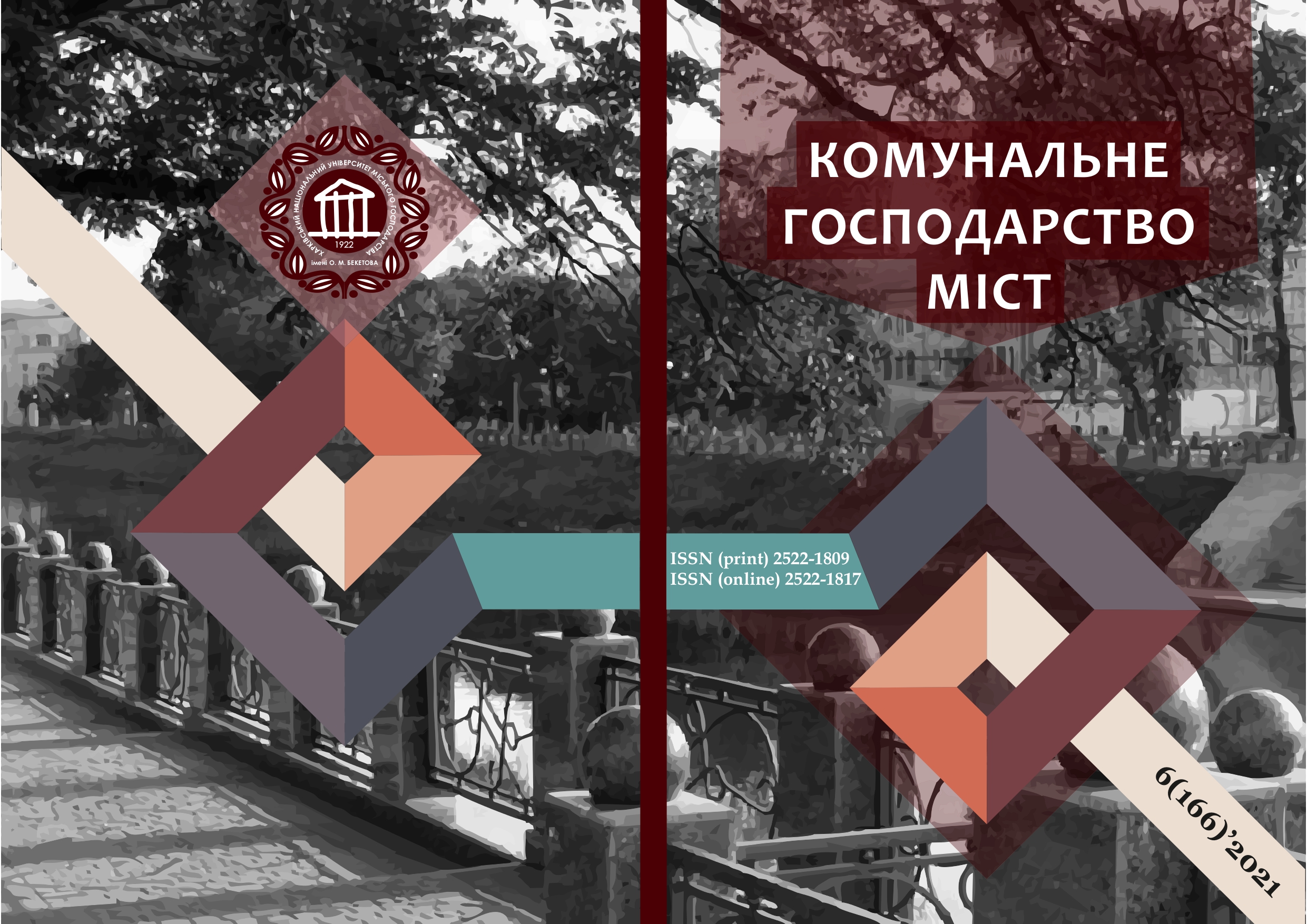MODEL OF INTELLECTUAL PEDESTRIAN FLOW MANAGEMENT SYSTEM
Array
Keywords:
model, traffic light, control system, pedestrian flow, automobile flow.Abstract
This scientific article proposes a model of pedestrian and car flow control system that can characterize the operation of two different control modes, the first of which is fully automatic, and the second works in automated mode, the results of which depend on information about the current situation on the road. the number of pedestrians and cars or depends on the intensity of traffic. In order to demonstrate the work of the proposed model, we will take some sections of the direct road where there is an adjustable pedestrian crossing. The system can determine the number of pedestrians in two ways: through surveillance cameras and with available statistics, such as information about the intensity at specific times. The second method, namely the application of pre-known parameters such as the intensity of pedestrian and traffic flows is used when it is impossible to determine the current situation on the road due to some reasons such as accident, bad weather and so on. The modes will be switched using the functionwhich will determine the mode of regulation of traffic lights according to the time intervals at which the intensity of the flows will also change. The automatic control system will work during rush hour, when the city's transport network operates. the greatest load. The second mode is for certain periods of time when the intensity of pedestrian flow is low, for example at night. The relationship between these intensity and time will be established statistically. The mode of automatic or "hard" regulation determines the duration of the pedestrian and car phases of traffic lights depending on the number of pedestrians and cars. If it is impossible to determine the number of road users using video cameras, then we calculate due to the intensity of traffic flows, and the automated control mode, ie "call" calculates the duration of the delay between two calls and the duration of the pedestrian phase. crowds and traffic near regulated pedestrian crossings.
References
2. Kapitanov, V.T., Khilazhov, E.V. (1985). Management of traffic flows near the places. Transport, Moscow. [in Russian]
3. Klinkovshtein, G.I. (2001). Organization of road traffic. Manual for Automotive and Road Universities and Faculties. Transport, Moscow. [in Russian]
4. Konoplyanko, V.I. (1991). Organization and safety of road transport. Transport, Moscow. [in Russian]
5. Petrov, V.V. (2009). Adequate organization of the organization to the place. Bulletin of the Irkutsk Sovereign Technical University, 38, 45–48. [in Russian]
6. Preobrazhenskiy, A.P. (2015). Problems of modeling the ruin of pishokhidnykh streams. Modeling, optimization and information technology, 10. [in Russian]
7. Slavich, V.P. (2014). Model of the value of the transport system for the given parameters of light regulation. Problems of information technologies, 02(016), 122–124. [in Ukrainian]
8. Skulbedenko, N.A. (2009). Methods for picking up pishohods on regular pishokhid transitions. Bulletin of the Irkutsk Sovereign Technical University, 39(3), 76–79. [in Russian]
9. Slavich, V.P., Livandovskiy, V.S. (2021). A model of the system for managing the small flow of the city. Visnyk of Kherson National Technical University, 2(77), 47–51. DOI: https://doi.org/10.35546/kntu2078-4481.2021.2.5
10. Slavich, V.P., Livandovskiy, V.S. (2021). System for optimizing the flow of economic flows. ІII International scientific-practical conference "Modernization of the economy: current realities, forecast scenarios and prospects for development". Kherson, 178–181.
Downloads
Published
How to Cite
Issue
Section
License
The authors who publish in this collection agree with the following terms:
• The authors reserve the right to authorship of their work and give the magazine the right to first publish this work under the terms of license CC BY-NC-ND 4.0 (with the Designation of Authorship - Non-Commercial - Without Derivatives 4.0 International), which allows others to freely distribute the published work with a mandatory reference to the authors of the original work and the first publication of the work in this magazine.
• Authors have the right to make independent extra-exclusive work agreements in the form in which they were published by this magazine (for example, posting work in an electronic repository of an institution or publishing as part of a monograph), provided that the link to the first publication of the work in this journal is maintained. .
• Journal policy allows and encourages the publication of manuscripts on the Internet (for example, in institutions' repositories or on personal websites), both before the publication of this manuscript and during its editorial work, as it contributes to the emergence of productive scientific discussion and positively affects the efficiency and dynamics of the citation of the published work (see The Effect of Open Access).

